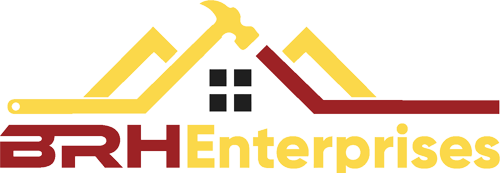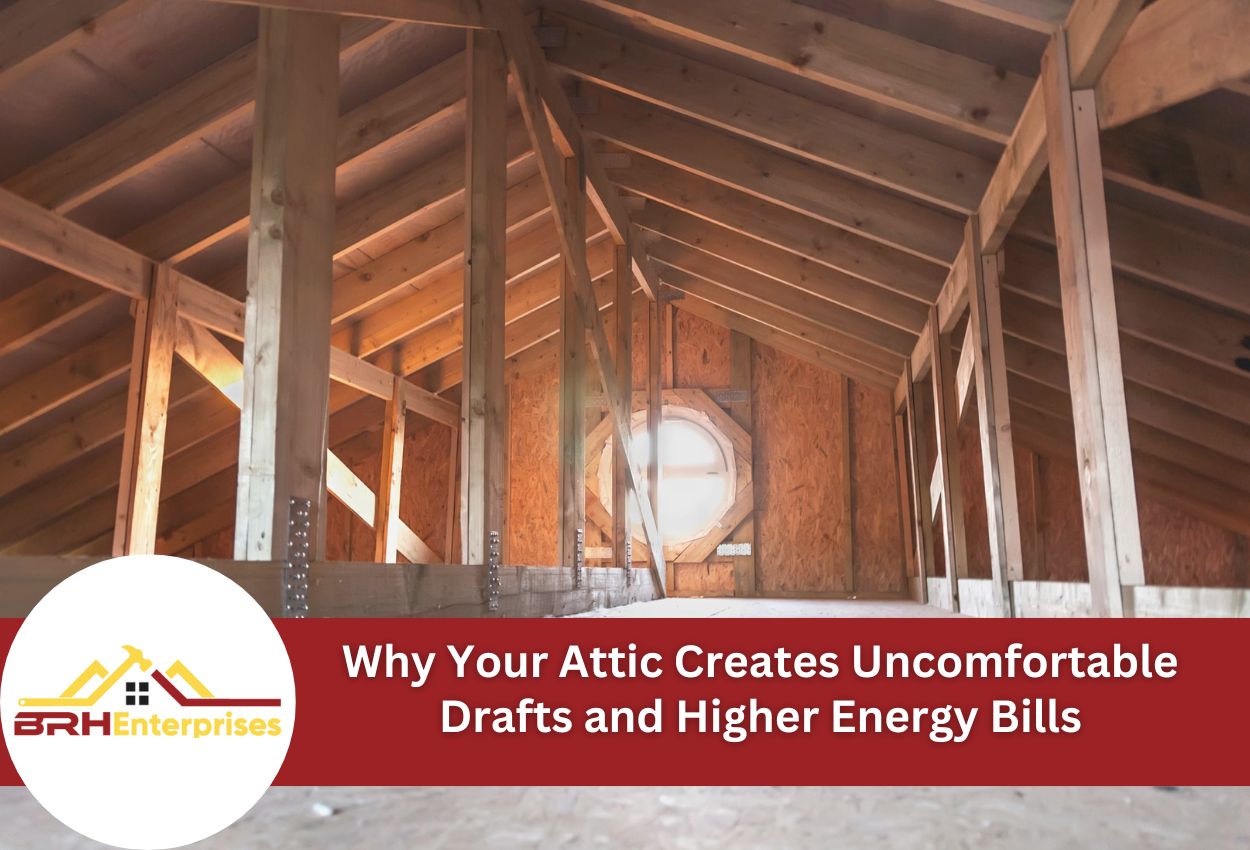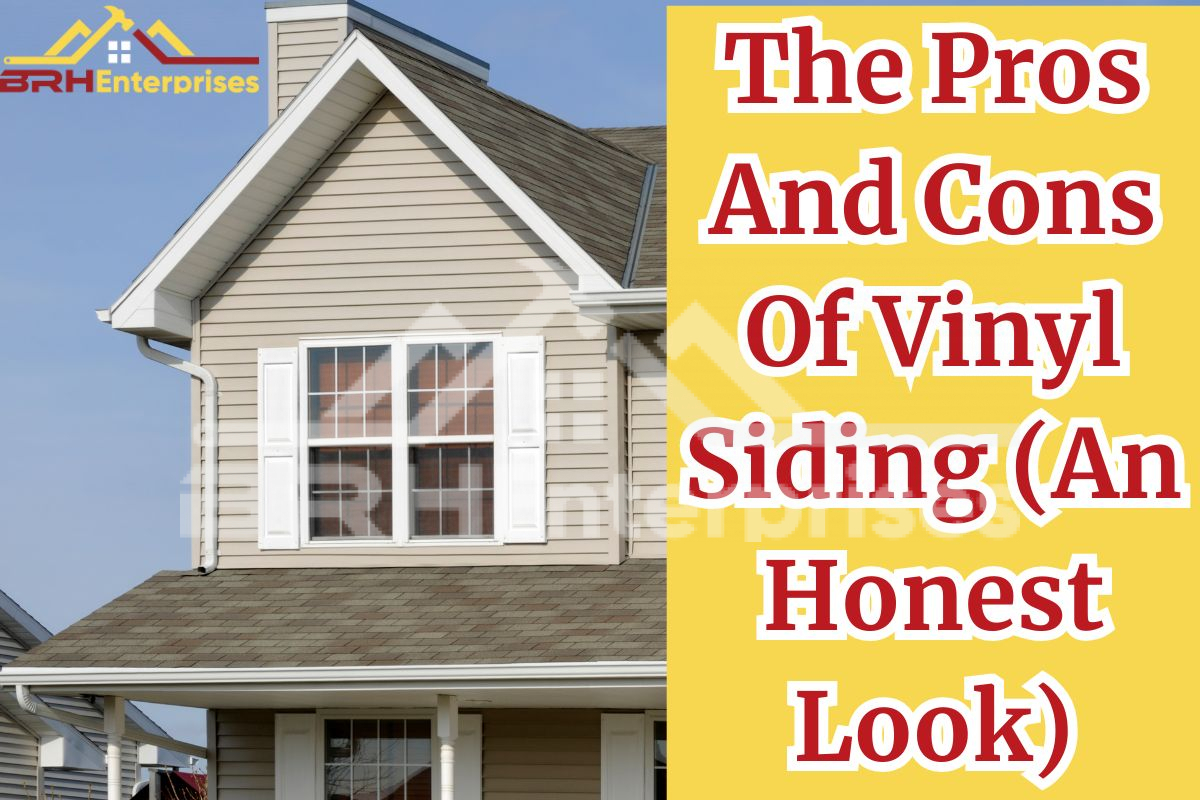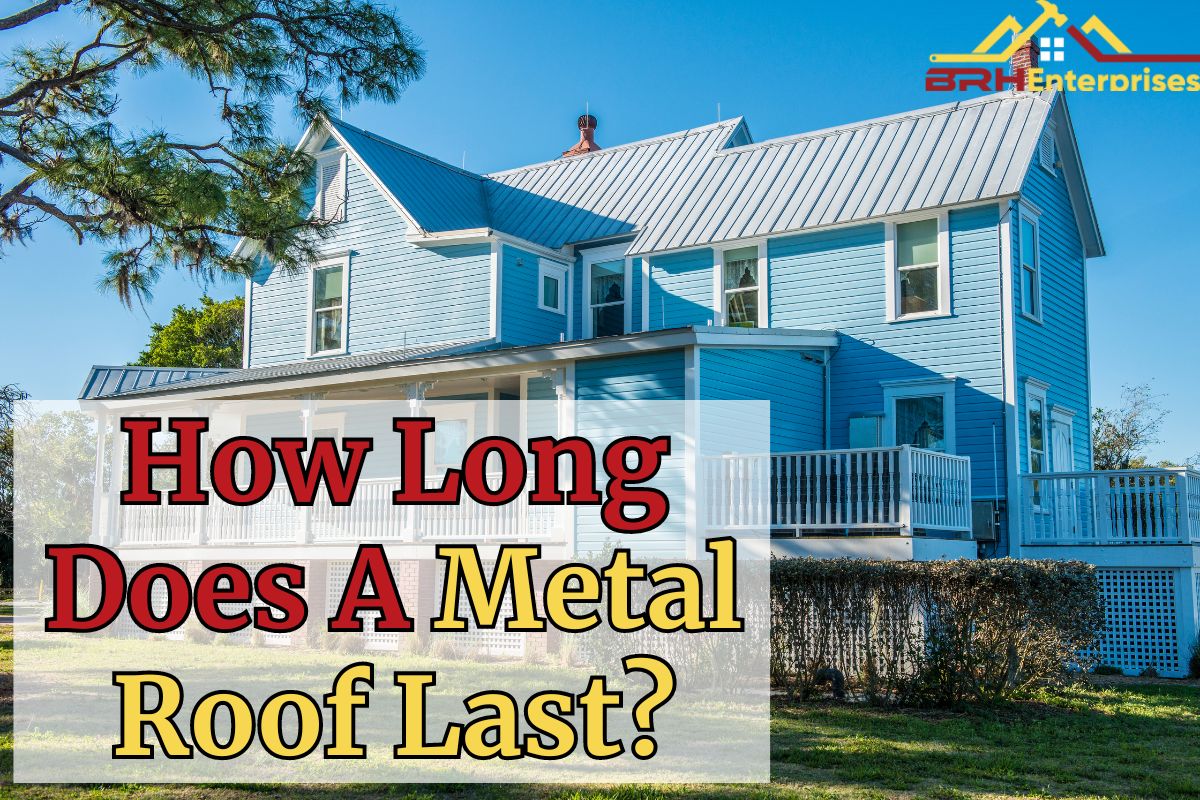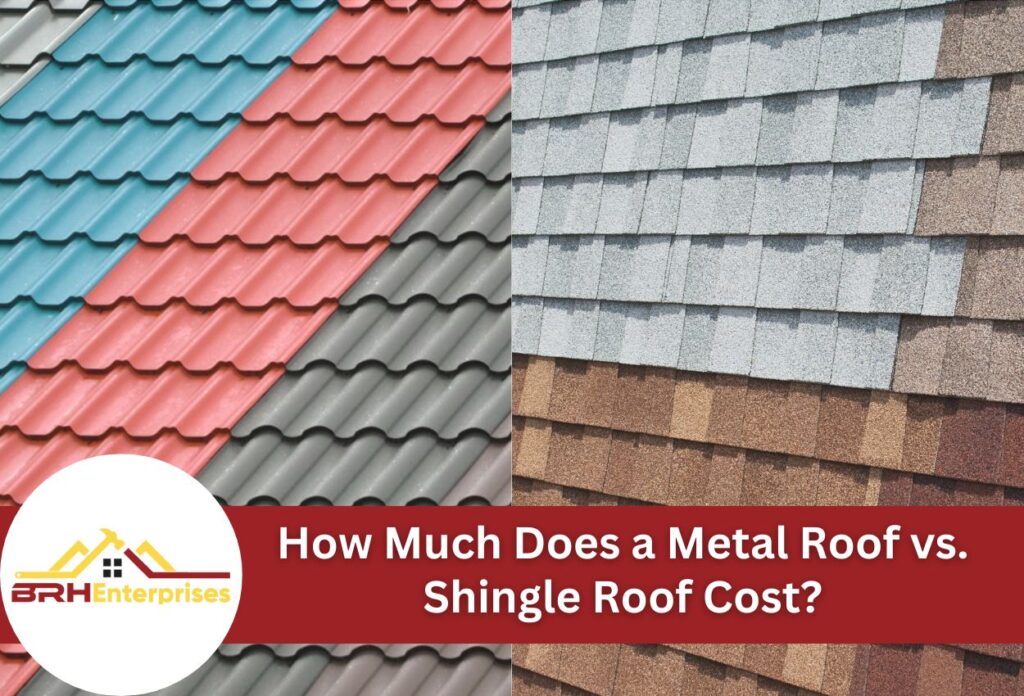
As Southern Wisconsin homeowners plan for roof replacements in the coming years, the debate between metal roofs and asphalt shingles continues to intensify. With material costs fluctuating and energy concerns growing, understanding the financial implications of your roofing choice has never been more important.
Metal roofing systems have gained significant market share across Wisconsin, with their durability increasingly appealing to homeowners facing our harsh winter conditions and summer storms. Meanwhile, traditional asphalt shingles remain the most common roofing material due to their lower upfront installation costs.
The roofing market is expected to reflect several emerging trends, including rising labor costs, fluctuating material prices, and increased emphasis on energy efficiency ratings that affect long-term ownership expenses. Wisconsin homeowners must now consider not just the initial installation investment but also longevity, maintenance requirements, and potential insurance savings.
Southern Wisconsin’s climate also plays a role in determining the true value of each roofing system. Metal roofs typically last 40 to 70 years compared to the 15- to 30-year lifespan of quality shingles, creating a complex calculation that extends beyond simple upfront pricing.
This comprehensive comparison examines the key factors Wisconsin homeowners should evaluate when deciding between these popular roofing options, helping you balance immediate budget constraints with long-term value.
Initial Investment: Breaking Down Installation Costs
When comparing metal roofs and asphalt shingles in, Wisconsin homeowners face significant differences in upfront investment. Metal roofs come in various forms, from standing seam panels to metal shingles that mimic traditional looks, with price variations based on metal type. Aluminum and steel options typically represent the mid-range market, while copper and zinc occupy premium price points. In contrast, asphalt shingles offer 3-tab options and architectural or dimensional shingles with enhanced aesthetic appeal and slightly improved durability.
Labor costs contribute substantially to the price gap between these systems. Metal roofing installation requires specialized skills and equipment, particularly for standing seam systems where precise measurements and custom fabrication may be necessary. The complexity of metal installation typically demands more technical expertise, driving up the installation component of your investment. Asphalt shingle installation follows more standardized procedures that most Wisconsin roofing crews are extensively experienced with, resulting in faster completion times.
For Southern Wisconsin homeowners, other installation factors affecting costs include roof pitch, existing roof removal, structural reinforcement needs, and ventilation modifications. Metal systems may require additional components like special flashing and snow retention systems for our Wisconsin winters. While metal roofs have a higher initial investment, this difference represents the beginning of a longer financial equation that extends throughout the life of your home.
Lifespan Value: Long-Term Cost Benefits Analysis
When evaluating metal roofs vs. asphalt shingles, the lifespan disparity creates a compelling financial narrative for Wisconsin homeowners. Metal roofing systems typically last 40 to 70 years, depending on material quality and proper installation. In contrast, even premium asphalt shingles generally provide 15 to 30 years of service in Wisconsin, where freeze-thaw cycles and seasonal storms accelerate deterioration.
This longevity difference means most homes with asphalt shingles will require at least two complete roof replacements during the lifetime of a single metal roof installation. Each replacement incurs not just material and labor expenses, but also removal and disposal costs, which are projected to increase steadily as landfill regulations tighten.
The financial crossover point, when metal roofs become the more affordable choice, typically occurs around the 15 to 20-year mark for Southern Wisconsin homes. After this period, homeowners with asphalt shingles face their first replacement cycle while metal roof owners continue enjoying protection without additional investment.
In addition to replacement costs, Wisconsin homeowners should consider other long-term financial factors. Metal roofs generally require minimal maintenance, reducing ongoing expenses. Many insurance companies offer premium discounts for metal roofs due to their superior fire resistance and durability against hail and wind damage, common concerns in Wisconsin. Energy efficiency gains from reflective metal surfaces also generate savings on cooling costs during our increasingly warm summers.
Energy Efficiency: Impact on Annual Household Expenses
A metal roof’s energy efficiency properties create significant financial advantages for Wisconsin homeowners. During summer months, metal roofs with reflective coatings can reduce cooling costs by up to 25% compared to traditional asphalt shingles. This occurs because metal surfaces reflect solar radiation rather than absorbing it, keeping attic temperatures lower and reducing the workload on air conditioning systems during hot Wisconsin summers.
The energy benefits extend to our challenging winter months as well. While both roofing types provide insulation, metal roofing systems can be installed with additional thermal breaks that minimize heat transfer. This helps maintain consistent indoor temperatures and reduces heat loss during Wisconsin’s freezing winters. Metal roofs also shed snow more effectively than asphalt shingles, preventing ice dam formation that can damage roof structures and lead to expensive repairs.
For Southern Wisconsin homeowners, these efficiency gains translate to measurable household savings. The cumulative effect of reduced heating and cooling costs over decades of ownership substantially offsets the higher initial investment in a metal roof. Energy-efficient roofing materials may also qualify for utility rebates and incentives available throughout Wisconsin, further enhancing the financial equation. As energy costs continue rising, the efficiency advantage of metal roofs becomes an increasingly valuable asset that compounds annually throughout the roof’s extended lifespan.
Maintenance Requirements and Hidden Costs
When comparing metal roofs and asphalt shingles, maintenance requirements represent significant hidden expenses that Wisconsin homeowners often overlook. Metal roofing systems typically require only periodic inspections every few years, with minimal maintenance limited to clearing debris and checking fasteners. These inspections cost less over time, and metal roofs rarely need repairs beyond occasional resealing around penetrations. Most warranties for these roofs in the Southern Wisconsin market cover 40 years or more, with minimal degradation expected during this period.
Asphalt shingles need more frequent attention, with professional inspections recommended annually and after major storms. Wisconsin homeowners can expect to address issues like missing granules, curling edges, and cracked shingles throughout the lifespan. By year 15, maintenance requirements often increase substantially as the material naturally deteriorates under Wisconsin’s climate conditions.
Our region’s weather patterns create maintenance challenges for both materials. Heavy snow can test metal roof seams but rarely cause damage, while the same conditions can accelerate granule loss on shingles. Summer hailstorms may dent metal surfaces but seldom compromise their functionality, whereas hail can significantly shorten asphalt shingle lifespans. The freeze-thaw cycles characteristic of Southern Wisconsin winters particularly stress asphalt shingles, creating maintenance needs that compound over time and represent substantial ongoing investments passed the initial installation.
Insurance and Resale Value Considerations
The roofing material on your home will impact both insurance premiums and home resale value in Southern Wisconsin. Many insurance providers offer discounts for metal roofing installations, with premium reductions typically ranging from 15% to 35% depending on the carrier. These discounts reflect the metal roof’s superior performance against Wisconsin’s common insurance claims: hail damage, wind damage, and fire hazards. Metal’s Class A fire rating and exceptional impact resistance make homes substantially less risky for insurers in our region.
For homeowners considering future sales, roofing material choices directly affect property valuation. Metal roofs typically recover 85% to 95% of their installation costs at resale in the Southern Wisconsin market, compared to approximately 60% to 70% for premium asphalt shingles. In Wisconsin, homes with recently installed metal roofs typically have higher asking prices and sell faster than comparable properties with asphalt shingle roofs.
The resale advantage becomes particularly pronounced for properties in Wisconsin’s luxury market, where buyers increasingly expect premium materials and long-term durability. Generally, homes with metal roofs spend fewer days on the market compared to similar properties with asphalt shingle roofs. As sustainability concerns continue growing among Wisconsin homebuyers, the market for metal roofing systems is projected to increase further, enhancing the return on investment for forward-thinking homeowners.
Choosing Between a Metal vs. Shingle Roof for Your Wisconsin Home
Deciding between metal and asphalt shingles requires a personalized approach based on your specific circumstances. For Wisconsin homeowners planning to stay in their homes long-term, metal roofs often provide better overall value despite the higher initial investment. However, if you anticipate selling within a few years, asphalt shingles may make more financial sense unless you’re in a premium neighborhood where metal roofs add significant curb appeal.
Your home’s architectural style should influence your decision as well. Historic or Craftsman-style homes throughout Southern Wisconsin often benefit aesthetically from architectural shingles, while contemporary or farmhouse designs frequently complement metal roofing systems. Consider your neighborhood context, too, as some areas have established roofing trends that can affect property values.
Finding qualified contractors is essential for either option. Look for Southern Wisconsin roofing companies with manufacturer certifications specific to your chosen material. Request references for similar projects and verify their insurance coverage. Quality contractors will provide detailed estimates breaking down material quantities, labor costs, and warranty information. Ask potential contractors about their experience with both materials and their recommendations based on your specific roof configuration. Remember that professional installation is just as important as material selection — even premium materials will underperform if installed incorrectly.
Discover the Best Roofing Option for Your Home with BRH Enterprises LLC
Choosing the right roofing material is crucial for any homeowner, especially when considering the long-term financial and practical benefits. If you’re evaluating the costs and benefits of a metal roof vs. a shingle roof for your Wisconsin home, BRH Enterprises LLC is here to guide you through the decision-making process.
Understanding the initial investment and long-term savings is key to making the right choice. Metal roofs may have a higher upfront cost, but consider the longevity and reduced maintenance costs over time. On the other hand, shingle roofs can be less expensive initially but might not stand up as well to Wisconsin’s harsh weather, leading to more frequent replacements.
Don’t make this important decision alone. Call BRH Enterprises LLC today at (920) 249-4228 to discuss your roofing needs and how we can help you find the best solution that balances cost, durability, and curb appeal for your home.

Bryce, Master Roofer
Protect Your Home with Expert Roofing
Don’t wait for leaks or storm damage to cause costly repairs. Our experienced roofing team provides fast, reliable service, high-quality materials, and lasting results. Ensure your home stays safe, secure, and looking great—contact us today for a free estimate.
